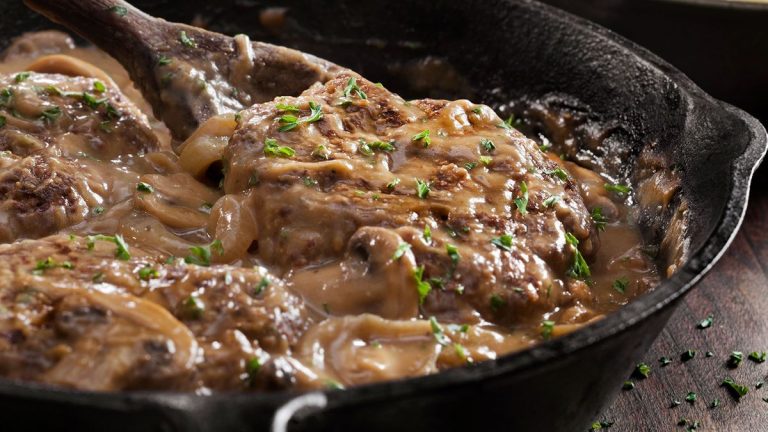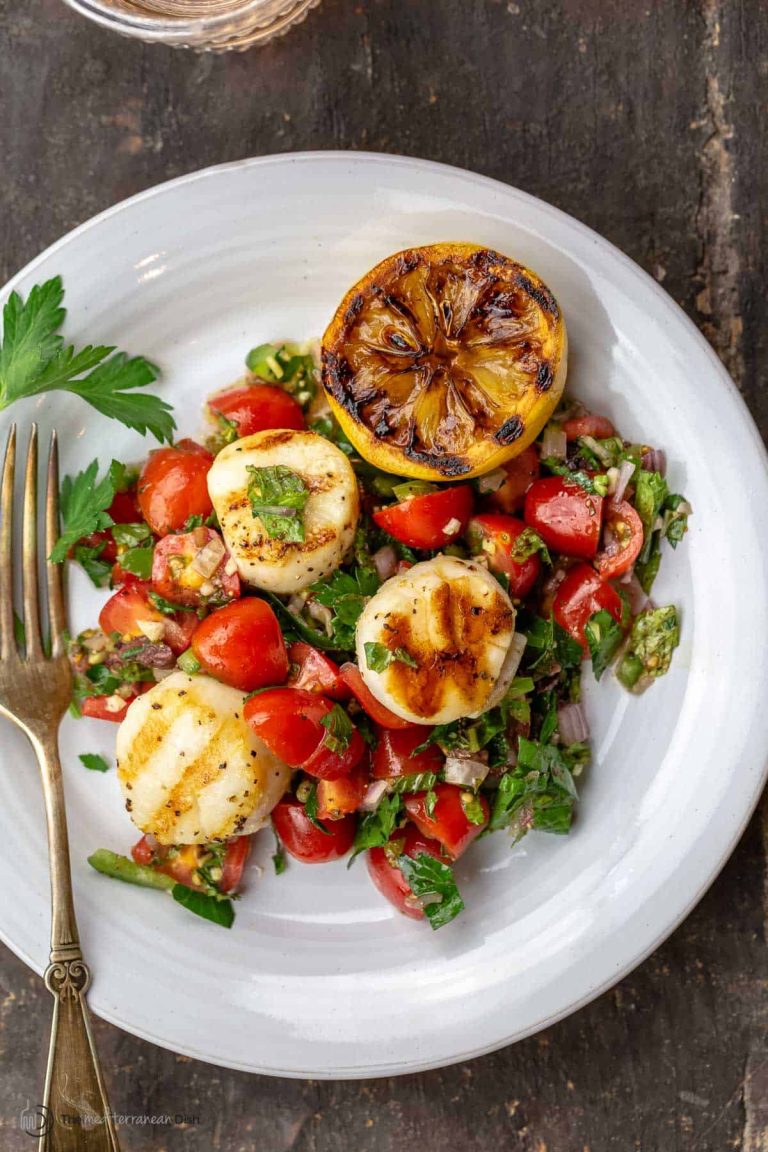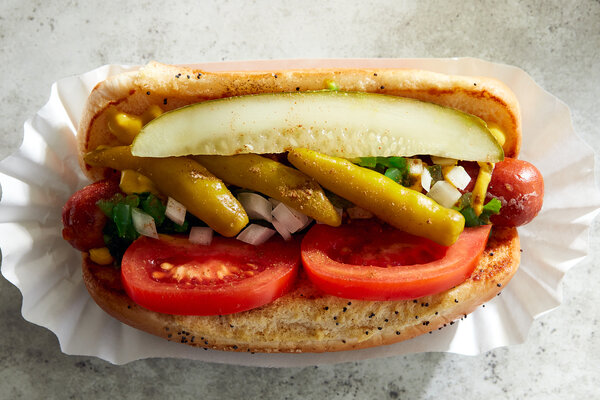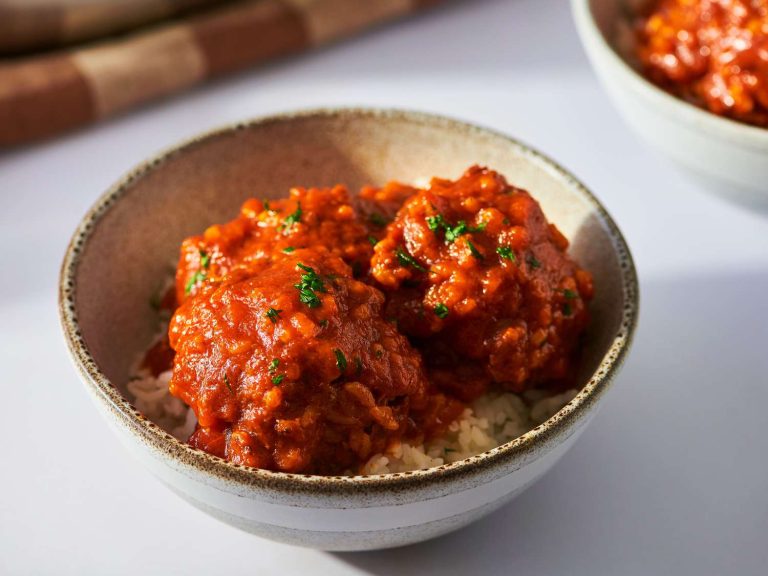Clam Sauce: Perfect Pairings and Essential Cooking Tips for Seafood Pasta
White clam sauce features a delicate balance of flavors. Its base typically includes olive oil, garlic, and clams. White wine or lemon juice often adds a tangy depth, enhancing the clams’ natural taste. Fresh parsley usually serves as a finishing touch, offering a burst of color and a fresh aroma. Commonly paired with linguine, white clam sauce offers a light yet savory option for pasta dishes.
Red Clam Sauce
Red clam sauce brings a heartier, more robust flavor to the table. It combines tomatoes, garlic, and olive oil as a base, with clams added to enrich the texture and taste. The addition of crushed red pepper flakes adds a hint of spice. Fresh basil often complements the tomatoes, creating a fragrant, savory sauce. Usually served with spaghetti, red clam sauce presents a more intense flavor profile, perfect for those who prefer a rich, tomato-based pasta.
Key Ingredients in The Best Clam Sauce
Importance of Fresh Clams
Fresh clams elevate the taste of your clam sauce. They provide a natural brininess and sweetness, enhancing the overall flavor profile. Use live clams for the best results, as they retain more moisture and offer a fresher taste. Rinse them thoroughly to remove any sand or grit before cooking.
Choosing the Right Herbs and Spices
Herbs and spices add depth to your clam sauce. Essential ingredients include garlic, parsley, and basil. Garlic introduces a robust flavor, while parsley adds a fresh, slightly peppery note. Basil complements the sweetness of the clams. For added complexity, incorporate red pepper flakes for a hint of heat or thyme for an earthy undertone.
Cooking Techniques for Clam Sauce
Simmering for Flavor
Simmer to meld the flavors. Heat olive oil in a pan, add minced garlic, and cook until fragrant. Add clams, white wine, and clam juice, then bring to a simmer. Let it simmer for 5-7 minutes until the clams open. This process enhances the natural brininess and sweetness of the clams. Avoid boiling, as high heat can make clams tough and rubbery. Add fresh herbs like parsley toward the end to maintain their vibrant flavor.
Balancing Ingredients
Balance ingredients to create a cohesive sauce. Use the right proportion of clams, garlic, olive oil, and spices. Too much garlic can overpower the clams, while too little can make the sauce bland. Add lemon juice for acidity, which brightens the dish, and a pinch of red pepper flakes for heat. Adjust salt levels carefully, as clams and their juice already contribute salinity. Taste and tweak the sauce as it simmers, ensuring a harmonious blend of flavors.
Pairing Clam Sauce with Pasta
Best Pasta Shapes for Clam Sauce
Choose linguine or spaghetti for your clam sauce. These long, thin pasta shapes hold the sauce well and allow you to enjoy the clams’ flavors evenly. Use fettuccine or tagliatelle if you prefer a slightly thicker noodle. These options still complement the clam sauce without overwhelming it. For a textural change, consider choosing conchiglie (shells), which can trap bits of clams and sauce within each bite.
Tips for Perfect Pasta Cooking
Ensure that your pasta water is well-salted. Use a large pot with at least 4 quarts of water per pound of pasta to give the noodles enough room to cook evenly. Stir the pasta occasionally to keep it from sticking. Cook the pasta until it’s al dente, usually 1-2 minutes less than the package instructions recommend. Drain the pasta and reserve a cup of the cooking water. This starchy water can help you achieve a smooth, cohesive sauce when combined with the clam sauce right before serving.
Conclusion
Mastering the best clam sauce elevates your seafood pasta game to new heights. Whether you prefer the rich, garlicky notes of White Clam Sauce or the robust flavors of Red Clam Sauce, the right pasta shape and cooking techniques make all the difference. Remember to salt your pasta water generously, use a large pot, and cook the pasta until it’s al dente. Don’t forget to reserve some starchy water to help your sauce cling perfectly to the pasta. With these tips, you’ll create a dish that’s both delicious and memorable.






